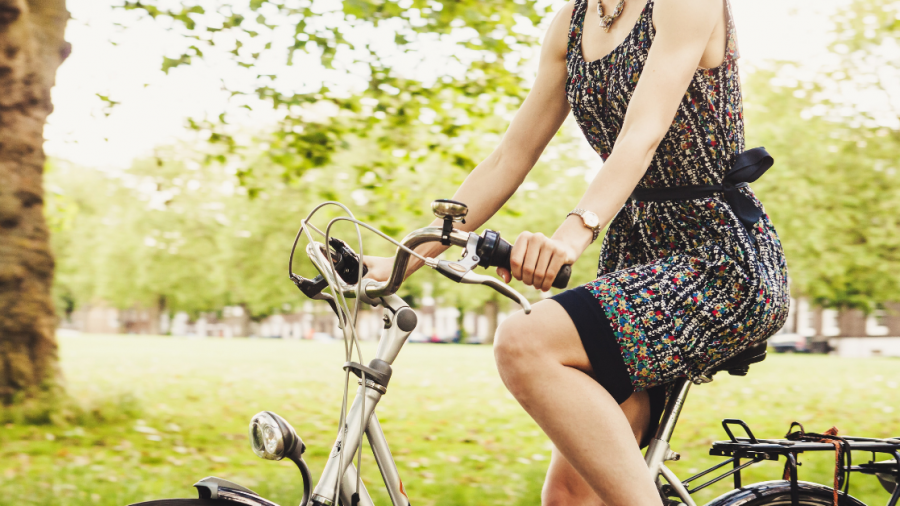Some drivers don’t like sharing the roads with cyclists. Some cyclists feel the same about sharing the roads with motorists. It seems there’s a war going on between them, which makes the roads more dangerous for everyone.
Driver behaviour
Too often, the way drivers behave alongside cyclists is the main reason for an incident. Monash University in Victoria studied cyclist safety on the roads using video cameras mounted on cyclist helmets. It found:
- Drivers were at fault in 87% of incidents with cyclists
- Drivers who changed lanes and turned left without indicating or looking caused more than 70% of incidents.
However, most drivers in the study did not realise they had been reckless or unsafe, which is an important finding. They did not do it on purpose.
Researchers in Canada observed frequent drivers in Toronto felt no need to check for cyclists. More than half in their study turned their vehicle without looking for cyclists. Drivers did not make frequent over-the-shoulder checks for cyclists. Sometimes parked cars were even blocking their view of bike lanes.
It is tempting to conclude drivers are usually at fault in an accident with a cyclist. But it seems some drivers are just not seeing them. This is not necessarily because they drive badly, but because their attention is too divided.
Cyclist behaviour
Perhaps the majority of motorists do respect and protect bicycle riders, otherwise the road toll could be higher. But some drivers think cyclists are a problem. They argue drivers have to pay for licensing and registration and cyclists should too, because they use the same roads. They criticise the way cyclists take a prominent position on the road and slow vehicles down.
Unfortunately, cyclists over 16 can’t ride on footpaths in NSW, even though it could be safer. Other states in Australia do allow this. Usually people ride on the footpath when they aren’t comfortable or confident with the alternative. This means cyclists are forced to ride on potentially hazardous roads.
It is interesting to ask whether cyclists or drivers have the greatest risk of death or serious injury on the roads. The following table uses deaths in the 12 months before September 2018 and injuries in the 12 months before March 2018.
Chance of death or injury on the road in NSW
| Number | Deaths | Chance | Injuries | Chance | |
| Cyclists | 966,900 | 10 | 0.001% | 1,933 | 0.20% |
| Drivers | 6,568,275 | 386 | 0.006% | 11,557 | 0.18% |
Drivers are six times more likely than cyclists to be killed on NSW roads. Meanwhile, cyclists and drivers have much the same chance of serious injury. So while cyclists appear to be more vulnerable, drivers are also vulnerable because there are more of them and they travel at faster speeds.
If all drivers and cyclists are vulnerable, then both want to get to their destination without incident. The “us versus them” attitude is not helpful when they are sharing the roads. So what can we do to make these journeys safer?
Separation infrastructure
One way is to separate drivers from cyclists using path and barrier infrastructure. To be effective, it must be an affordable, standardised and comprehensive system. For example, too many bike lanes suddenly come to an end and cyclists are forced to rejoin the road. Separating drivers and cyclists also implies they cannot travel together. It may in fact encourage more of the “us versus them” mentality.
Training for drivers
About half of drivers feel uncomfortable sharing the roads with cyclists. In a Ford study of nearly 2,000 motorists, 18% admitted to being actively aggressive towards cyclists. One third said they did not have enough training to share the roads with them. It is true driver training does not say much about it. But there are minimum distances for overtaking cyclists and general courtesy towards all road users is part of driving well.
Dutch Reach
Too many cyclists are hit by car doors being opened. To address this, UK authorities will include the Dutch Reach in their Highway Code. It means drivers must open their car doors with their left hand (passengers with their right) when leaving their vehicle. This forces them to look over their shoulder to see if a cyclist is coming.
Presumed Liability
In Netherlands, Germany, Denmark and France, presumed liability applies to drivers in bicycle-car collisions. This means the cost of the accident always shifts towards the driver. In Australia, seriously injured cyclists must claim on the driver’s compulsory third party insurance and, if the insurer does not accept it, take the case to court.
Bringing in presumed liability might encourage drivers to more actively look out for cyclists. It could also speed up treatment for cyclists who get seriously injured. Another option, not likely to be popular, would be for cyclists to pay their own compulsory third party insurance.


your opinion matters: